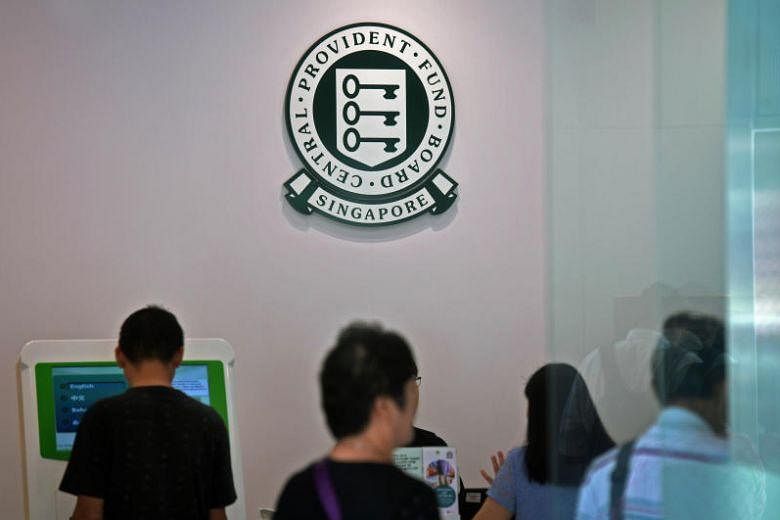The Central Provident Fund bucked the global decline in assets under management (AUM) last year, with its total assets growing 6.6 per cent to US$287 billion (S$399 billion), from US$269.1 billion in 2017.
Singapore also maintained its spot at ninth place globally in terms of assets, according to the World 300 research from Willis Towers Watson's Thinking Ahead Institute that was released yesterday.
AUM at the world's 300 largest pension funds fell in value by 0.4 per cent year on year to a total of US$18 trillion last year, in sharp contrast to the increase of 15.1 per cent in 2017.
Among the top 20 funds, AUM tumbled 1.6 per cent year on year to US$7.3 trillion, which accounted for 40.7 per cent of the total AUM in the rankings.
Last year was the first, since 2012, that the top 20 pension funds' share of the total AUM fell.
Still, the growth rate of the top 20 funds was 4.7 per cent between 2013 and last year, which remained higher than the growth rate of 3.9 per cent for the top 300 funds during the same period.
"A tougher market environment in 2018 meant that AUM growth paused, but the underlying trend remains one of growing pension markets worldwide," said Mr Bob Collie, head of research for the Thinking Ahead Group.
-
$399b
-
The Central Provident Fund's total assets last year, up from US$269.1 billion (S$374 billion) in 2017.
"The pace of change in the investment world is a challenge, and scale is a huge advantage in a lot of ways. Many of the most interesting and important developments start with the largest funds, and as new investment ideas like the total portfolio approach and universal ownership gain traction in these organisations, they influence the whole market," he added.
The Asia-Pacific continued to feature prominently, with seven pension funds in the top 20.
Japan's Government Pension Investment Fund maintained the global top spot, although both South Korea's National Pension Service (fourth) and China's National Social Security (seventh) moved down a notch from last year's ranking.
The Asia-Pacific was the second-largest region in terms of AUM with pension funds accounting for 26.2 per cent of all assets in the research, behind North America at 45.2 per cent and ahead of Europe at 24.9 per cent.
In terms of annualised growth rate, the Asia-Pacific grew by 5.2 per cent between 2013 and last year, not far behind North America, which posted the fastest growth at 5.8 per cent. In contrast, Europe's growth remained almost flat at 0.5 per cent.
Ms Jayne Bok, head of investment in Asia at Willis Towers Watson, said that despite global trade headwinds, Asia is still a growing region with a young population, hence its "long-term growth trajectory remains positive".
"However, we should expect a general slowdown in (Asia's) growth, in line with global markets," she added.
Asia's pension funds also remained resilient in a turbulent economic environment, while other regions have experienced limited growth.
Asia-Pacific funds in the top 20, on a weighted average allocation, are predominantly invested in fixed income (53.8 per cent) and equities (39.2 per cent), while holding less in alternative investments and cash.
In contrast, North America funds are more focused on return generation and therefore hold less fixed income and more equities (46.7 per cent) and alternative investments and cash (33.9 per cent).
The United States continued to dominate the top 300 with a 39.8 per cent share of total AUM, followed by Japan at 11.9 per cent.
Sovereign and public sector pension funds made up 68.5 per cent of the total AUM last year, with 145 such funds in the top 300. Sovereign pension funds represented US$5.1 trillion in assets, while sovereign wealth funds accounted for US$7.9 trillion.
Mr Collie noted that a majority of the largest funds are now highlighting the importance of sustainability.
"ESG (environmental, social and governance) factors are now significant financial considerations. Beyond that, there's also an evolving recognition of the role large investors play within society, and the responsibility that comes with it," he said.
The Thinking Ahead Institute is a global not-for-profit group that focuses on investments.
The research was done in conjunction with Pensions & Investments, an investment newspaper in the US.

